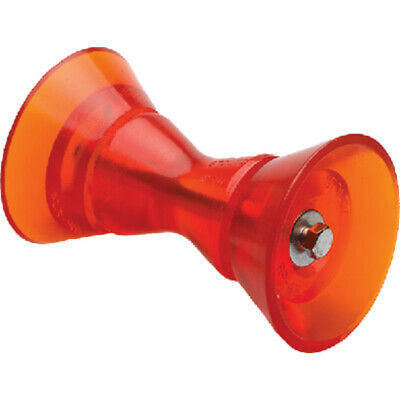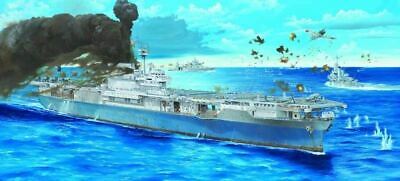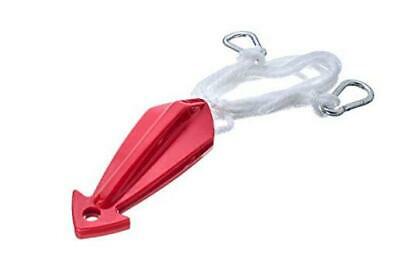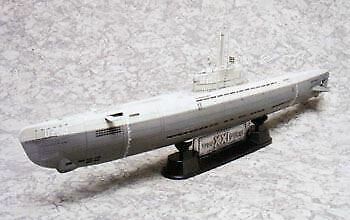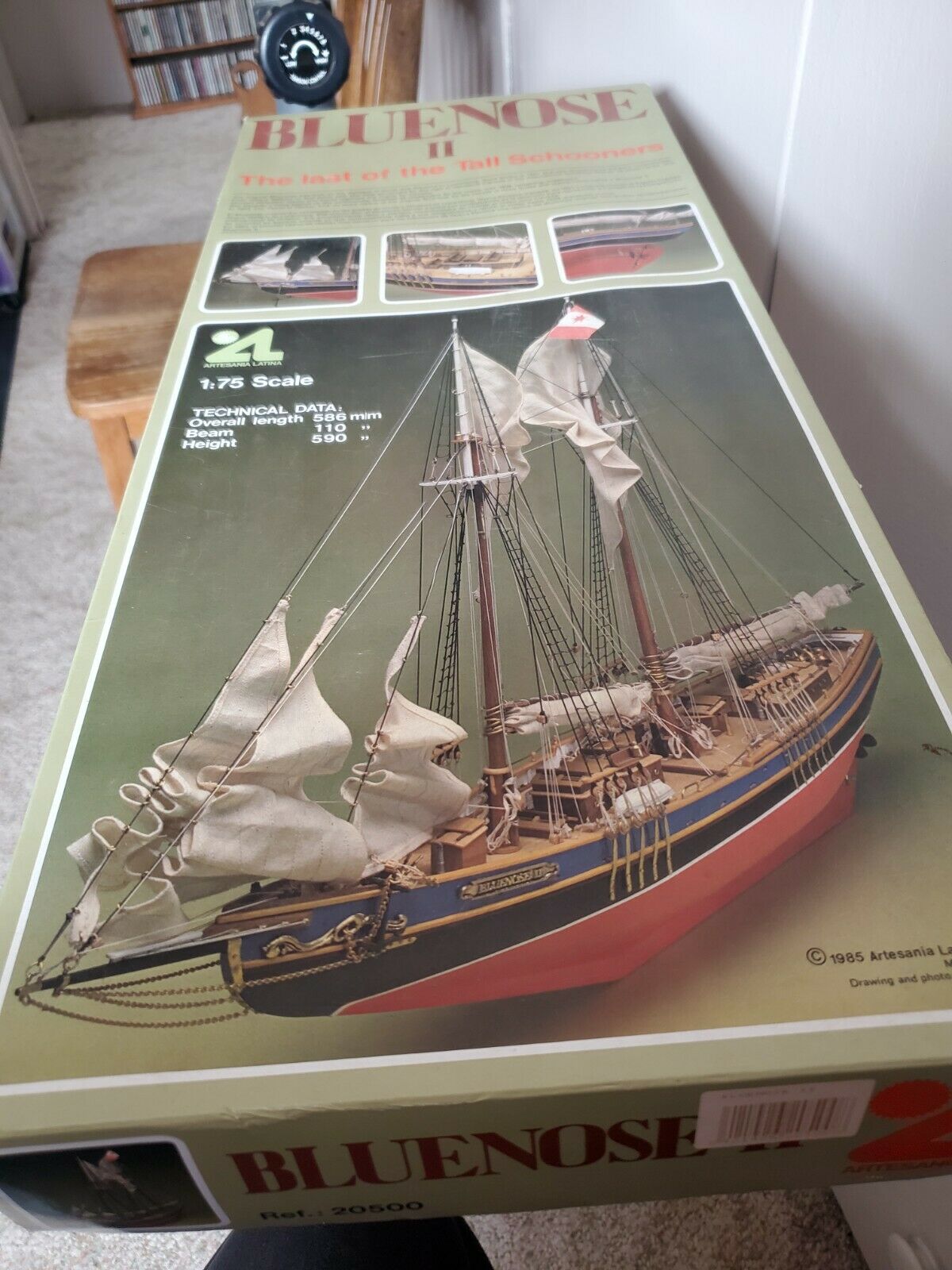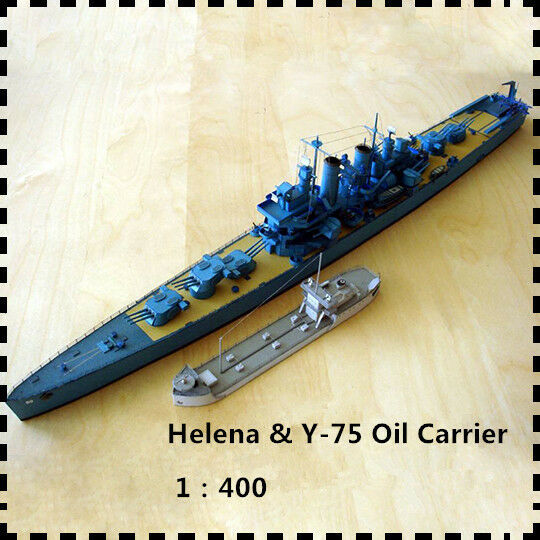-40%
Steel Navy: HMS Dreadnought 1/350th Scale Resin Model
$ 83.95
- Description
- Size Guide
Description
Complete resin model kit. No glue or paint.From Wikipedia:
HMS Dreadnought was a Royal Navy battleship that revolutionized naval power. The name of the ship, and the class of battleships named after her, means "fear nothing". Dreadnought's entry into service in 1906 represented such an advance in naval technology that her name came to be associated with an entire generation of battleships, the "dreadnoughts", as well as the class of ships named after her. Likewise, the generation of ships she made obsolete became known as "pre-dreadnoughts". Admiral Sir John "Jacky" Fisher, First Sea Lord of the Board of Admiralty, is credited as the father of Dreadnought. Shortly after he assumed office, he ordered design studies for a battleship armed solely with 12 in (305 mm) guns and a speed of 21 knots (39 km/h; 24 mph). He convened a "Committee on Designs" to evaluate the alternative designs and to assist in the detailed design work.
Dreadnought was the first battleship of her era to have a uniform main battery, rather than having a few large guns complemented by a heavy secondary armament of smaller guns. She was also the first capital ship to be powered by steam turbines, making her the fastest battleship in the world at the time of her completion. Her launch helped spark a naval arms race as navies around the world, particularly the German Imperial Navy, rushed to match it in the build-up to the First World War.
Ironically for a vessel designed to engage enemy battleships, her only significant action was the ramming and sinking of German submarine SM U-29, becoming the only battleship confirmed to have sunk a submarine. Dreadnought did not participate in the Battle of Jutland in 1916 as she was being refitted. Nor did Dreadnought participate in any of the other First World War naval battles. In May 1916 she was relegated to coastal defense duties in the English Channel, not rejoining the Grand Fleet until 1918. The ship was reduced to reserve in 1919 and sold for scrap two years later.





